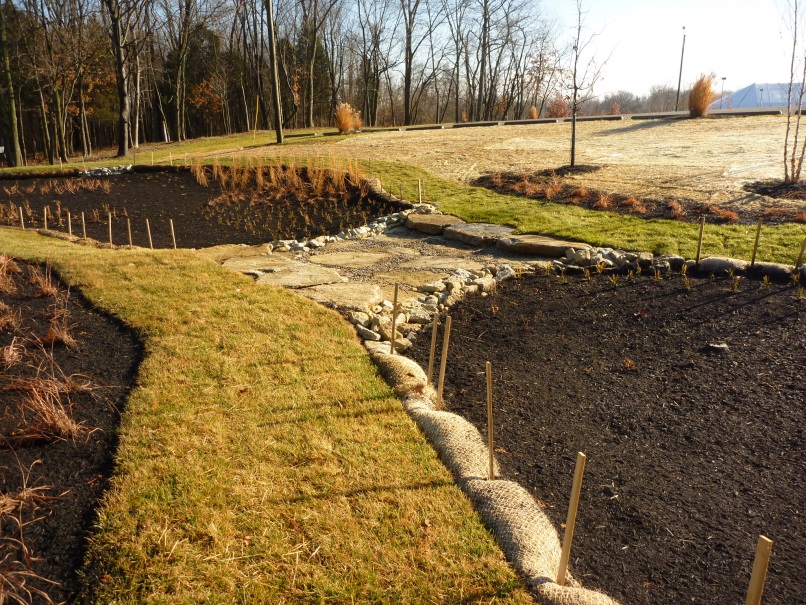Lima, Perú is the world’s second largest desert city after Cairo, and its water supply struggles to meet the demands of its 9 million residents year-round. In the wet season, the rivers that flow down from the Andes break their banks, while in the dry season, they slow to a trickle. Climate change is likely to exaggerate these high and low flows. Just weeks ago, massive landslides killed 9 people, left hundreds homeless, and caused severe damage to major infrastructure just a few kilometers upstream of Lima.
To meet these challenges, the city’s water utility, Servicio de Agua Potable y Alcantarillado de Lima (SEDAPAL), announced on April 8 that it plans to funnel nearly 5% of water user fees into addressing drought, flooding, and erosion issues.
This includes management funds for green infrastructure. In this context, green infrastructure includes natural wetlands, which soak up water in the wet season and release it to mountain streams in the dry season, as well as pre-Incan “amunas” that siphon water off high-altitude streams in the wet season and funnel it into mountains. From there, it filters down through the rocks over several months and emerges from springs in the dry season. Funds also will be used to help farmers manage their livestock in a way that restores degraded puna grasslands and natural wetlands that have been drained for agriculture.
“’Gray infrastructure tools,’ like pipes and sewers, have their place, but we need to restore and protect the watershed and re-grout the amunas to preserve and increase the quality and the quantity of water in the river basins,” said Fernando Momiy Hada, president of Perú’s national water and sanitation regulatory agency, Superintendencia Nacional de Servicios de Saneamiento (SUNASS).
US$23 million, or 1% of the total water tariff, will go explicitly to green infrastructure while $89 million, or 3.8%, will be used for general climate-change adaptation and disaster-risk reduction. This investment is more than any other Latin American city or water utility has ever committed to green infrastructure. Read more.




